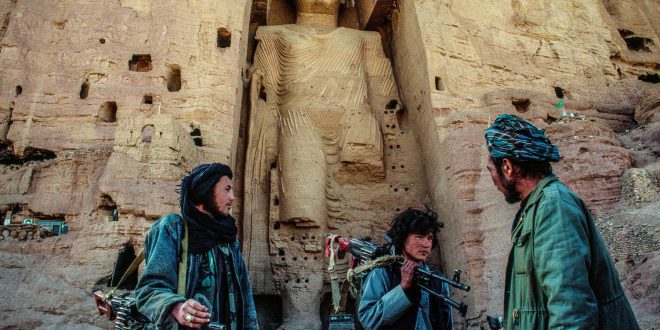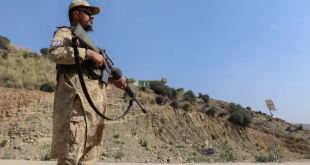AT News
KABUL – In a surprising turn of events, the Taliban, responsible for the destruction of the sixth century ‘Buddhas of Bamiyan,’ are now seeking ways to capitalize on the empty niches left behind amid their dire need for cash. This controversial move has sparked widespread outrage and concern among cultural enthusiasts and travelers alike.
Massimo Introvigne, a renowned Italian sociologist of religions and author, recently expressed his reluctance to visit Afghanistan in an op-ed for Bitter Winter. Despite his passion for travel, he firmly rejects the idea of allowing the Taliban to profit from the very sites they devastated.
The tragic demise of the sixth-century CE giant statues occurred in 2001 when the Taliban used artillery fire and detonated anti-tank mines to obliterate them completely. The aftermath has left the public with nothing but the haunting sight of empty niches, once home to masterpieces of Buddhist sculpture, where visitors can now meditate—for a price.
Bitter Winter reported that visitors must pay a fee to the regime for the opportunity to witness the melancholic beauty of the destroyed statues’ remnants. This fee-driven approach has stirred controversy, especially considering that the Taliban itself was responsible for the statues’ destruction and now stands to profit from the ruins.
Introvigne draws a striking analogy to explain his apprehension about financially supporting such actions. He mentions being willing to pay fees to see sites like the Nuremberg propaganda headquarters of the Nazi Party or the location of Khmer Rouge mass graves in Cambodia. In those cases, the money would go to the subsequent governments, not to the perpetrators of the crimes themselves.
However, in Afghanistan’s case, it’s the very group that perpetrated the destruction—the Taliban—that seeks to benefit monetarily from the remnants of their own actions.
 Afghanistan Times Latest News and Analysis from Afghanistan and the Region
Afghanistan Times Latest News and Analysis from Afghanistan and the Region




